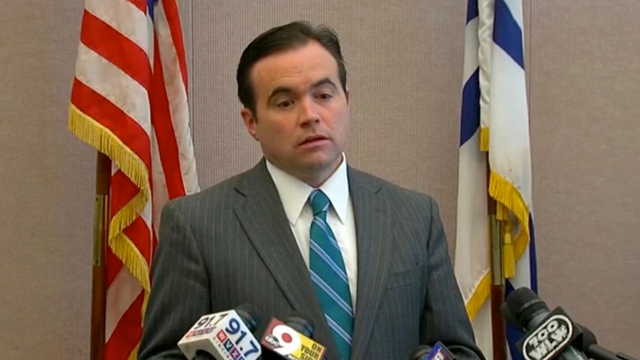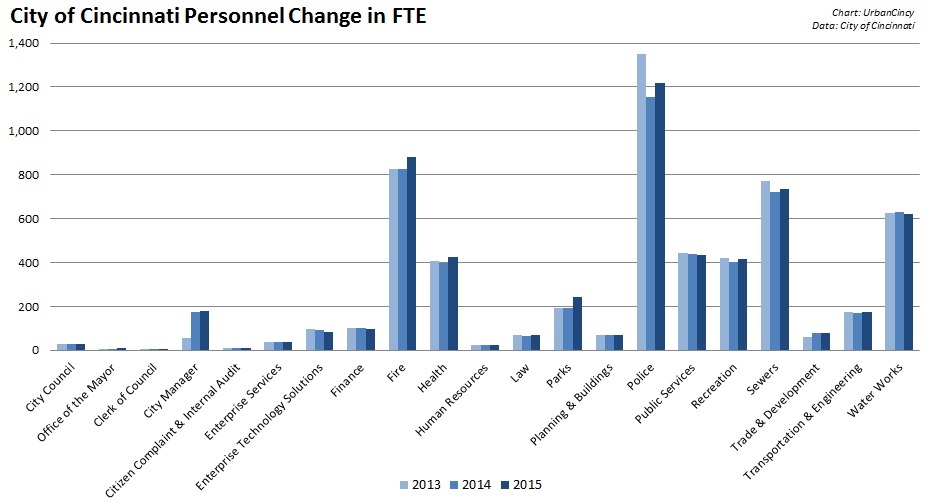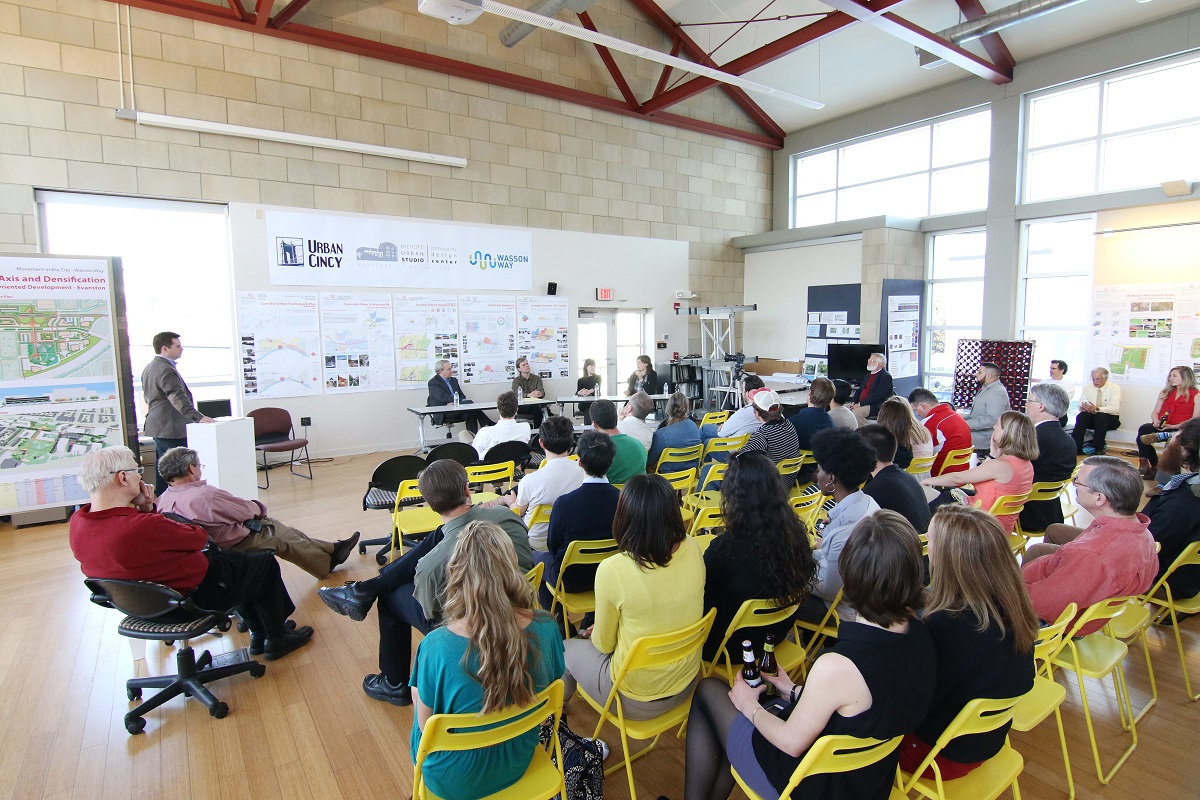As has been widely reported thus far, the budget proposed by Mayor Cranley’s Administration is not as bad as many had expected it would be. That is, the administration’s proposal that is predicated on a massive reduction in required pension contributions is not that bad.
Should the proposed reduction to 14% in pension contributions not be accepted by a federal court, then all bets are off as to where this budget will actually go, since the vast majority of its balancing comes from that assumption. This is a major assumption, and one that will not be clarified until later this summer.
One of Cranley’s interesting moves relates to the Focus 52 program, established under Mayor Mallory’s Administration, that targeted funds for economic development projects throughout every city neighborhood. The fund relied, in part, on $3,000,000 in casino revenues to pay for its capital projects, which oddly enough were included in the Operating Budget in prior years.
The proposed budget shifts these Focus 52 projects from the Operating Budget to the Capital Budget, but the $3,000,000 in funding does not move along with them. As a result, the $3,000,000 is being used to help balance the Operating Budget, thus eliminating funding for all Focus 52 capital projects, or requiring cuts elsewhere in the Capital Budget to cover the costs.
The clever ledger shift allows Cranley to essentially eliminate the Focus 52 program without a special hearing process, and thus free up $3,000,000 annually for the Operating Budget that would have otherwise gone to support these neighborhood economic development projects.
The City will have its first public hearings on the budget proposal starting tomorrow. For those of you who care about urbanism, UrbanCincy’s editorial team has gone through every page of Cranley’s budget proposal and identified the following major items of concern:
- Public Safety (police and fire) would consume 65.8% of the Operating Budget. While consuming two-thirds of the Operating Budget, only one-third of the City’s overall staffing would be made up of Public Safety personnel.
- Since the year 2000, Public Safety will have seen its personnel levels decrease by 4% (87 FTE), while all other departments will have collectively seen their personnel decrease by 17.7% (803 FTE).
- The City of Cincinnati would not repay $2,000,000 in Tax Increment Financing (TIF) dollars to Cincinnati Public Schools as previously agreed.
- The Cincinnati Area Geographic Information System (CAGIS), which is a shared technology and mapping service between the City of Cincinnati and Hamilton County, would see its funding reduced by $335,560, bringing its total funding down to $4,448,000.
- An additional $279,100 would be allocated to repair an estimated 8,000 potholes. This money would come at the expense of $154,100 in funding previously programmed for solar trash receptacles/compactors and $125,000 for a customs house at Lunken Airfield.
- Even though the Department of Planning & Buildings generates more in revenues than it has in expenses, and has won national accolades the last two years, it would see its Neighborhood Studies fund completed eliminated ($81,700).
- The Bicycle Transportation Program would be completely modified to only include funding and staff time for off-road trails, and eliminate all funding and staff resources for the development of any bike lanes, sharrows, bike racks or other on-street bike facilities.
- The Office of Environment & Sustainability would have $77,500 cut from its budget; while the Urban Forestry (street tree) Program would see its funding increase $46,650.
- A whopping 1,954 vehicles out of the City’s total 2,419 vehicles are out of life cycle because they have exceeded the established standards for maximum mileage, age or maintenance costs.
- The Port of Greater Cincinnati Development Authority would continue to receive $700,000 for operations, but would receive no money for capital projects as had been anticipated following the cancellation of the Parking Modernization & Lease Agreement that would have otherwise provided the Port Authority with a funding stream for capital projects.
While this budget proposal may technically be “structurally balanced”, it does so by craftily moving budget items around from one ledger to the other, defunding programs that either generate or save money over the long-term, and overly relying on what could be considered this year’s one-time budget fix – a reduction to 14% pension contribution that would equate to $7,100,000 in savings annually.
The City should fulfill its payment obligations to Cincinnati Public Schools, fully fund all aspects of its revenue generating Department of Planning & Buildings, renew the Bicycle Transportation Program to its originally intended goals established through an extensive public engagement process, restore funding to CAGIS and the Office of Environment & Sustainability, return the funds programmed for solar trash receptacles/compactors, and shift the funding associated with Focus 52 capital projects to the Capital Budget along with the projects.
Outside of this budget process, the City should also move forward with a comprehensive effort to fix its outdated fleet of vehicles, provide a stable and substantial revenue stream for the Port Authority and balance its budget in a way that does not create a police state.
The clever maneuvers demonstrated in Cranley’s first budget proposal show ingenuity, but UrbanCincy would prefer seeing that ingenuity being used to solve the actual problems present instead of relying on financing tricks.










